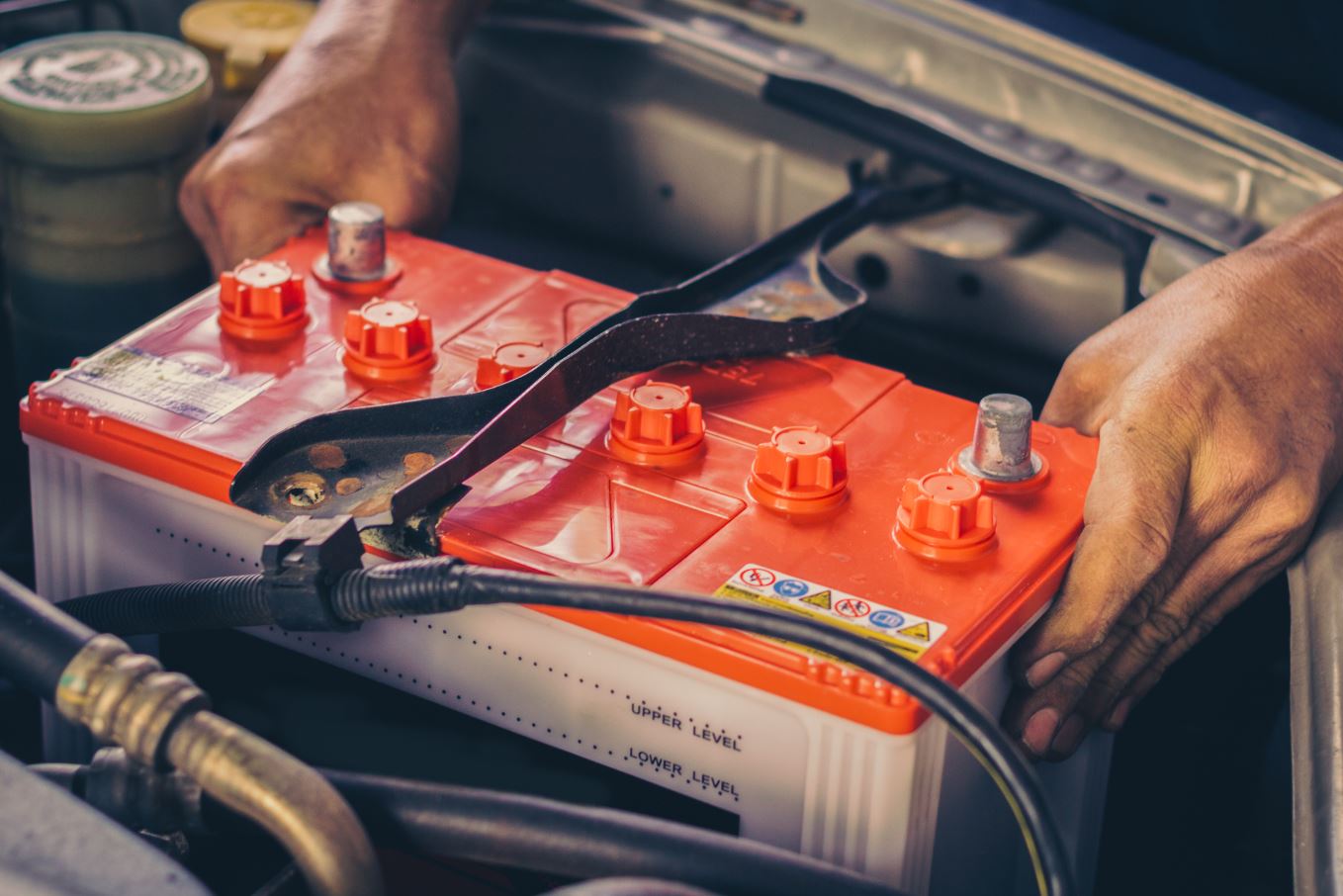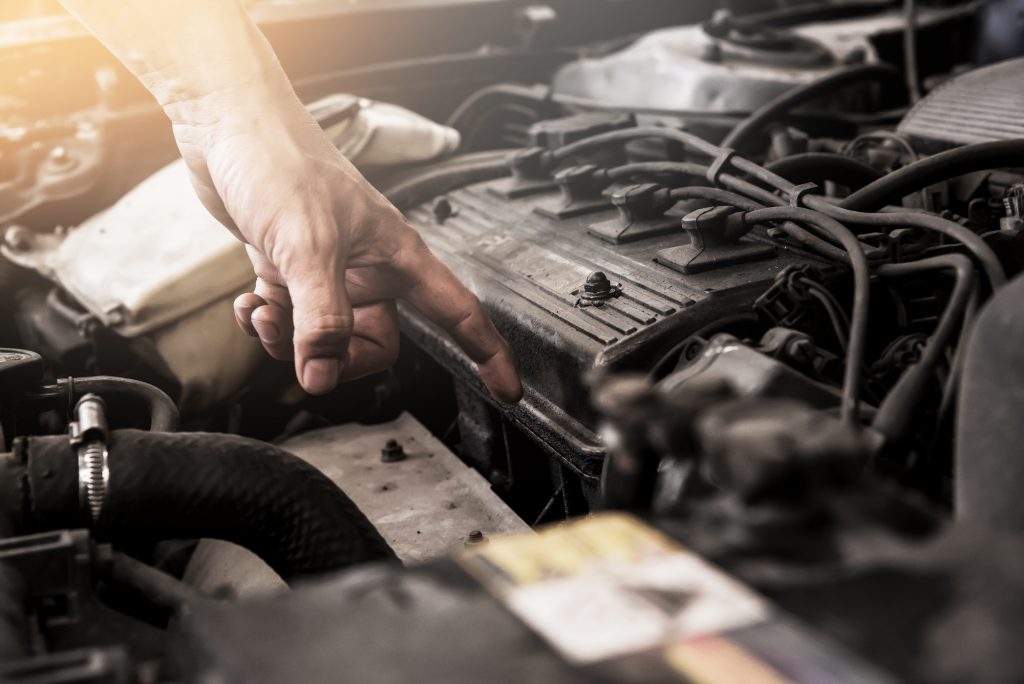Moving parts need adequate lubrication to function and not wear out: when the oil starts to run out, friction becomes too high and damages the system.
Although general lubrication is carried out at car servicing intervals, oiling and greasing your vehicle regularly is essential to keep it in good working order. These operations must be carried out as a preventive measure before the appearance of suspicious noises.
So here is a summary of the 5 essential lubrication for your car to function properly!
1. Doors that don’t squeak
Door hinges are particularly stressed and deserve your full attention. If they have never been lubricated, here’s how to proceed:
– Using a cloth, wipe off the sludge from the hinges between the door and the vehicle.
– Apply an anti-seize product (if necessary, wipe off the excess with a clean cloth).
– Spray a generous amount of universal oil at the very end of the hinges.
– Open and close your doors about ten times in a row to distribute the lubricant throughout the mechanism.
Good to know: sometimes, the squeaking problem can be stopped by tightening the strike plate.
2. Locks that don’t jam
If your vehicle is still equipped with key locks, don’t neglect them. They should be greased regularly.
The procedure is simple:
– Inject the locks with special graphite lock grease.
– Spray the product directly through the keyhole.
– Wipe off the excess.
– Operate the lock about ten times.
Please note: do not do this for the ignition and starter lock. The electrical contacts at the back would not tolerate oil falling on them at all!
3. Seals that do not deform
The frost in winter and the sunshine in summer soon damaged the rubber on the car. Windscreen seals, door seals, window seals: they must be protected to prevent them from cracking. To do this, use silicone grease, available at car centres or DIY shops, and proceed as follows:
– clean the seals properly with clear water;
– apply the product to the dry joints, taking care not to spill over onto the bodywork or the windows;
– use a tiny brush to be precise;
– Keep a cloth handy to wipe off any spillage immediately;
– allow drying.
Good to know: also remember to put silicone grease in the rails that guide the windows. Be careful not to put too much, as this product will smear the glass surfaces!
4. Seats that slide well
Your car’s front seats are mounted on rails that allow them to move forwards or backwards, depending on the driver’s morphology. Over time, you’ll find that adjustment becomes more and more difficult. Then it’s time to grease the rails!
All you have to do is:
– move the seats back as far as possible to access the rails;
– Vacuum the interior of the vehicle and the rails to remove as much dust as possible;
– spread thick mechanical grease in a jar (sold in the car centre) on the rails;
– wipe off any excess, if necessary;
– move the seats forward and backward about ten times in a row.
Note: a synthetic and transparent hydrocarbon damping grease, thickened with silica, is recommended.
5. A battery that works well

Grease the battery? Yes, the terminals of your battery are subject to oxidation. The sulphate deposits that form prevent the current from flowing normally and can cause a starting failure.
To avoid this phenomenon, it is advisable to:
– Coat the + and – terminals of your battery with a thick layer of grease;
– also grease the terminals under the terminals;
– Wipe off the excess.
A good habit to adopt is wiping the top of the batteries with a cloth or absorbent paper soaked in distilled water; this will reduce your battery from self-discharging.
Good to know: if your battery tends to “sulphate,” you can place anti-sulphate washers to prevent this substance from forming. They insulate the terminals and terminals from the gaseous fumes and acid leaks that cause sulphate formation.
Of course, there is one more component that requires perfect lubrication: the engine. A regular oil change will make your engine last longer. You will soon be able to read on How to Change Your Engine Oil. Stay posted!




